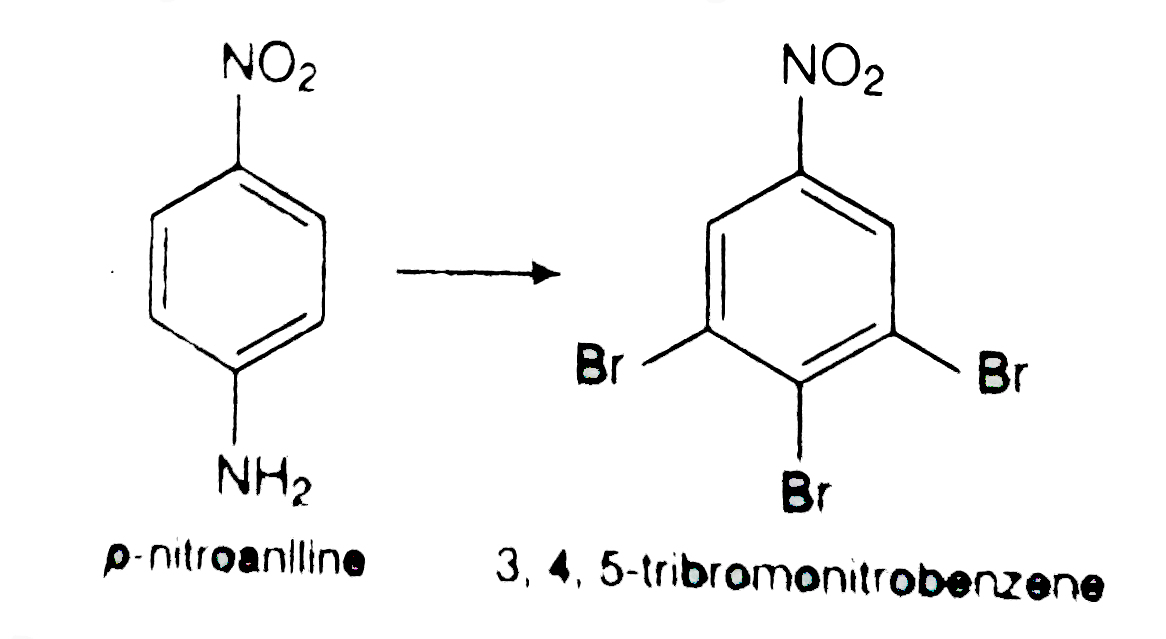How will you bring about following conversion : Formic acid to oxalic acid ?
To convert formic acid (HCOOH) to oxalic acid (COOH)₂, we can follow a series of chemical reactions. Here’s a step-by-step breakdown of the process:
Step 1: Chlorination of Formic Acid
1. Starting Material: Begin with formic acid (HCOOH).
2. Reagent: React formic acid with chlorine (Cl₂) in the presence of ultraviolet light (hv).
3. Reaction: The hydrogen atom in formic acid is replaced by a chlorine atom, resulting in the formation of chlorformic acid (ClCOOH).
Chemical Equation:
HCOOH+Cl2hv−→ClCOOH+HCl
Step 2: Nitration of Chlorformic Acid
1. Starting Material: Use the chlorformic acid (ClCOOH) obtained from Step 1.
2. Reagent: Treat chlorformic acid with potassium cyanide (KCN).
3. Reaction: The chlorine atom is replaced by a cyanide group (CN), resulting in the formation of cyanoformic acid (C(CN)OOH).
Chemical Equation:
ClCOOH+KCN→C(CN)OOH+KCl
Step 3: Hydrolysis of Cyanoformic Acid
1. Starting Material: Take the cyanoformic acid (C(CN)OOH) from Step 2.
2. Reagent: Hydrolyze the cyanoformic acid using water (H₂O) under acidic or basic conditions.
3. Reaction: The cyanide group (CN) undergoes hydrolysis to form a carboxylic acid group (COOH), resulting in the formation of oxalic acid (COOH)₂.
Chemical Equation:
C(CN)OOH+H2O→(COOH)2+NH3
Final Product
After completing these steps, we will have successfully converted formic acid (HCOOH) to oxalic acid (COOH)₂.
---
1. Starting Material: Begin with formic acid (HCOOH).
2. Reagent: React formic acid with chlorine (Cl₂) in the presence of ultraviolet light (hv).
3. Reaction: The hydrogen atom in formic acid is replaced by a chlorine atom, resulting in the formation of chlorformic acid (ClCOOH).
HCOOH+Cl2hv−→ClCOOH+HCl
1. Starting Material: Use the chlorformic acid (ClCOOH) obtained from Step 1.
2. Reagent: Treat chlorformic acid with potassium cyanide (KCN).
3. Reaction: The chlorine atom is replaced by a cyanide group (CN), resulting in the formation of cyanoformic acid (C(CN)OOH).
ClCOOH+KCN→C(CN)OOH+KCl
1. Starting Material: Take the cyanoformic acid (C(CN)OOH) from Step 2.
2. Reagent: Hydrolyze the cyanoformic acid using water (H₂O) under acidic or basic conditions.
3. Reaction: The cyanide group (CN) undergoes hydrolysis to form a carboxylic acid group (COOH), resulting in the formation of oxalic acid (COOH)₂.
C(CN)OOH+H2O→(COOH)2+NH3
After completing these steps, we will have successfully converted formic acid (HCOOH) to oxalic acid (COOH)₂.
Topper's Solved these Questions
- BOOK - ICSECHAPTER - SAMPLE QUESTION PAPER 5 EXERCISE - Questions (Complete the following statements by selecting the correct alternative from the choices given :)4videos
SAMPLE QUESTION PAPER 5
- BOOK - ICSECHAPTER - SAMPLE QUESTION PAPER 3EXERCISE - QUESTION70videos
SAMPLE QUESTION PAPER 3
- BOOK - ICSECHAPTER - SAMPLE QUESTIONS PAPER 2EXERCISE - QUESTIONS47videos
SAMPLE QUESTIONS PAPER 2
Similar Questions
How will you bring out the following conversion?
 View Solution
View SolutionHow will you bring about the following conversions ?
 View Solution
View SolutionHow will you bring about the following conversions :
Propanoic acid to lactic acidView SolutionHow will you bring about the following conversions :
Acetic acid to glycineView SolutionHow will you bring about the following conversions :
Ethanoic acid to propanoic acidView SolutionHow will you bring about the following conversions?
Propanoic acid to acetic acidView SolutionHow will you bring about the following conversions :
Acetic acid to methylamineView SolutionConversion of Formic acid into acetic acid
View SolutionHow will you bring about the following conversion? Phenol to benzoic acid.
View SolutionHow will you bring about the following conversions :
Acetylene to acetic acidView Solution

